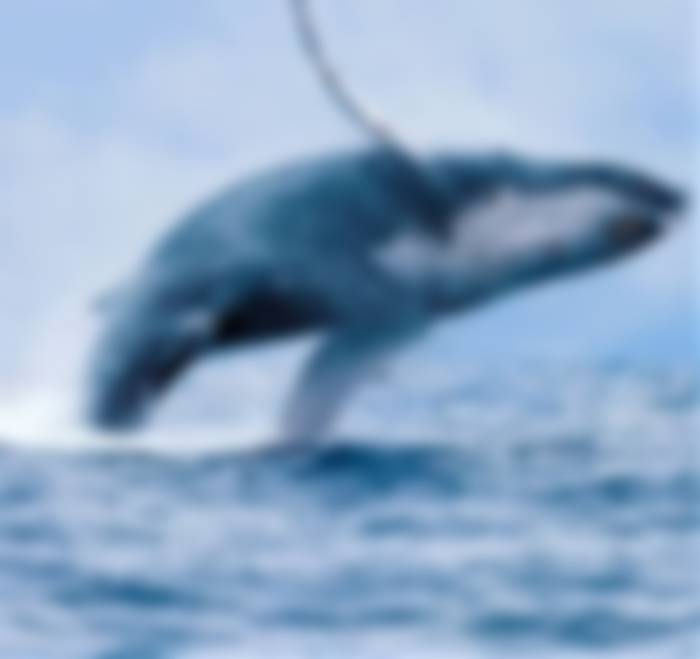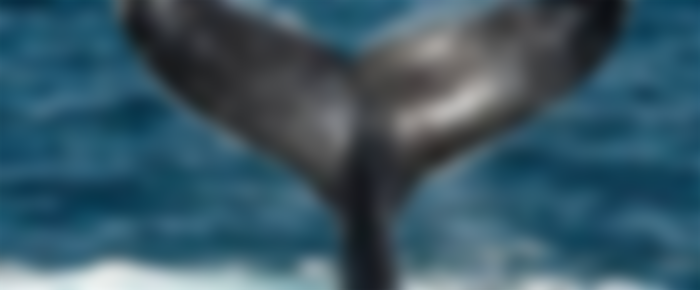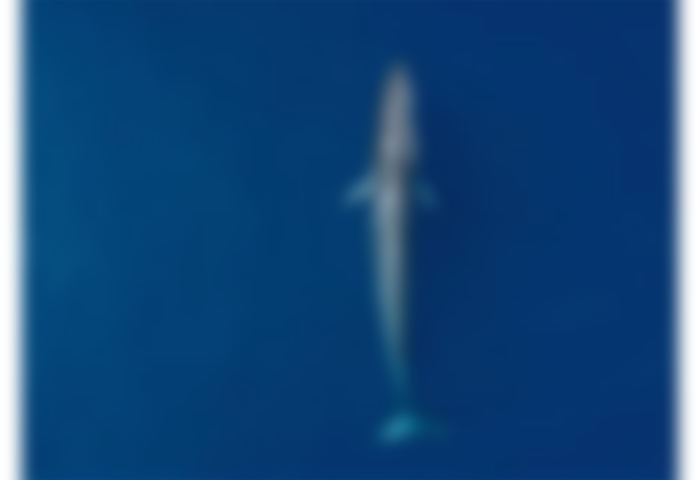Each year in the month of July, female southern right whales called Eubalaena australis arrives on the south coast of Santa Catarina in Brazil. They come from the subantarctic, thousands of miles away, to give birth and care for their young in shallow water. For several months, residents in that area and tourists have been looking forward to seeing whales, mothers and babies resting or playing in the water on the beaches or cliffs!
Huge acrobatic marine animals

A female whale can be 16 meters long, about the size of an articulated bus, and can weigh up to 80 tons! Its massive body is usually black, sometimes with white markings on the belly. The head is huge, a quarter of the total length of the body. The palate is long and arched. This whale does not have a dorsal fin like other species. To swim forward, it moves its broad, deeply formed tail up and down rather than back and forth like fish. Whenever it wants to change direction, it swings its fins. This is similar to the way an airplane is flown.
Interestingly, despite their immense proportions, they have remarkable flexibility and incredible acrobatics. You can watch them navigate as their tails stick out of the water for a long time. taking its tail, lifting it and hit the water hard pushing it out of the water, and then fall back with one big blow from a

Different physical properties
Above and around the head, the right whale has a series of cool whitish or yellowish hairs, patches of wrinkled skin covered with colonies of small crustaceans (monks) called bedbugs.Each callus pattern is unique.Additionally, each person's fingerprints are unique so that individual legal decisions can be identified.It's hard to say at what age humpback whales die because this pilgrimage has no teeth. They estimate that the average life expectancy of whales is at least 65 years.
Their eating habits
Right whales feed on small crustaceans. There are filtering structures made up of hundreds of fringed fins on either side of the whale's upper jaw. When they swim, their open mouths allow water to seep through their fins and grab a small prey in their hair. This way, each whale can consume up to two tons of crustaceans per day.
Southern humpback whales spend the summer (January and February) feeding and accumulating fat in the Southern Ocean. This thick layer of fat provides excellent insulation in cold water and serves as a food reserve during migration.
Where did they get their name?
From the 18th century, whalers hunted these whales intensively in the southern hemisphere. They were considered the “appropriate” whales for hunting. Why? Because they were slow swimmers, they were easy to catch, even for whalers, in narrow wooden boats equipped only with hand harpoons. Unlike other whales, right whales also take flight when they die due to their extraordinary minds. Therefore, whalers can easily pull them onto the beach.

At that time, fats and fins were also important raw materials. Grease was used in streetlights and as a lubricant. The baleen turned into corsets, whips and umbrella stands. In fact, the thin slabs obtained from a single selection would cover the cost of an entire shipment.
At the start of the 20th century, intensive overhunting significantly reduced the right whale population and ultimately whaling was no longer economically viable. Brazil's last whaling station was closed in 1973. While some species have slowly recovered, others remain critically endangered.



Wow Love this kind of Mammals. they are so beautiful in the eye